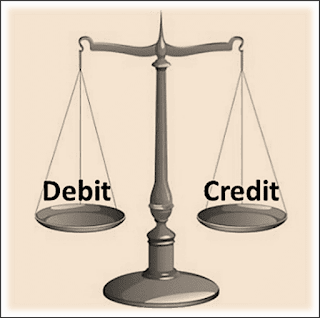Dual Aspect Concept in Accounting
- According to the Dual Aspect Concept, each business transaction has a Dual or a two-way effect.
- This implies that a particular business transaction involves minimum two accounts when recorded in the books of accounts.
- This principle is the foundation of Double Entry System of accounting.
- As per double entry accounting, it is known that any transaction of a business is recorded in two separate accounts.
- The dual aspect concept indicates that each transaction made by a business impacts the business in two different aspects which are equal and opposite in nature.
- This concept forms the basis of double-entry accounting and is used by all accounting frameworks for generating accurate and reliable financial statements.
- The accounting equation is registered in the balance sheet, where the amount of the total assets should be equal to liabilities and equity of the firm.
- Dual aspect concept is also described as the duality principle.
- This concept explains that if something is given, someone will receive it. This can be explained as whenever a transaction occurs, there is a two-sided effect, one is credit, and the other is debit for a similar amount.
Example:
The concept of dual aspect can be explained with the help of some examples, which are as follows:
Mohan started a business with Rs 5,00,000 as a primary investment. This investment done by Mohan will have the following effects on the business.
- It will increase the assets of the business by Rs 5,00,000. (Cash increases)
- Capital of the business increases by Rs. 5,00,000.
- Now, let’s say Mohan needed to purchase some goods for an amount of Rs 1,00,000, then this will have the following impact on accounting.
- Purchasing goods increases assets (stock) of the business by Rs 1,00,000.
- It reduces another asset of the business, i.e., cash is reduced by Rs.1,00,000.
- Similarly, if Mohan has to buy equipment on credit for an amount of 10,00,000 from an equipment manufacturing company, then it will result in the following effect on the accounting.
- Purchasing of new equipment on credit increases the asset base of the business by Rs. 10,00,00
- Purchasing of new equipment on credit results in increasing the liabilities of the business (repay to creditors) by Rs. 10,00,000.
Author: Nazia Tabassum

No comments:
Write commentsPlease do not enter spam links